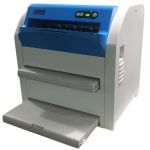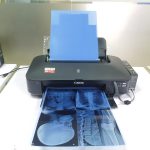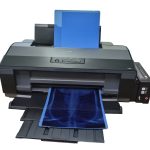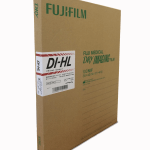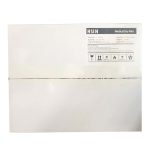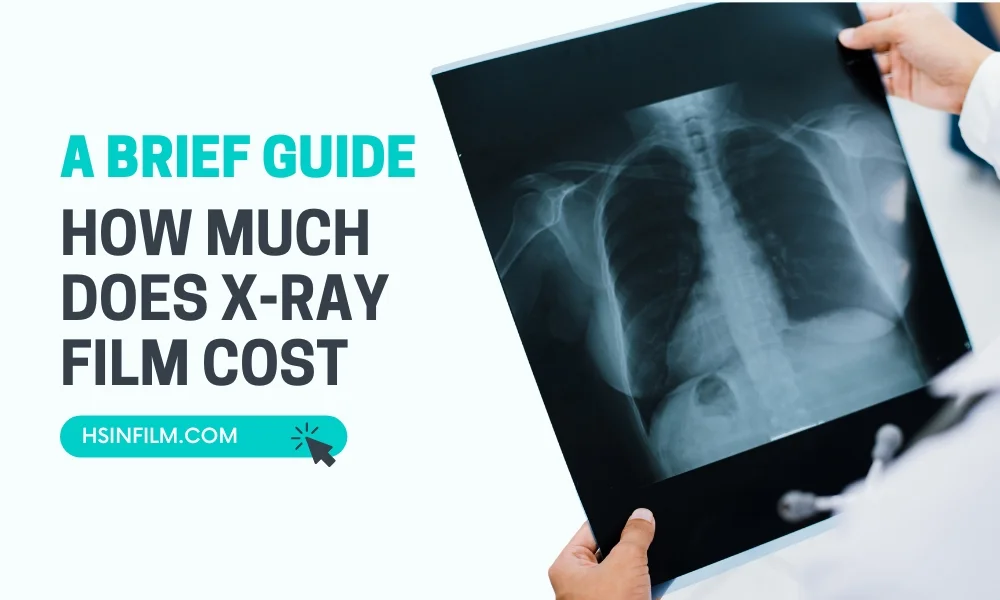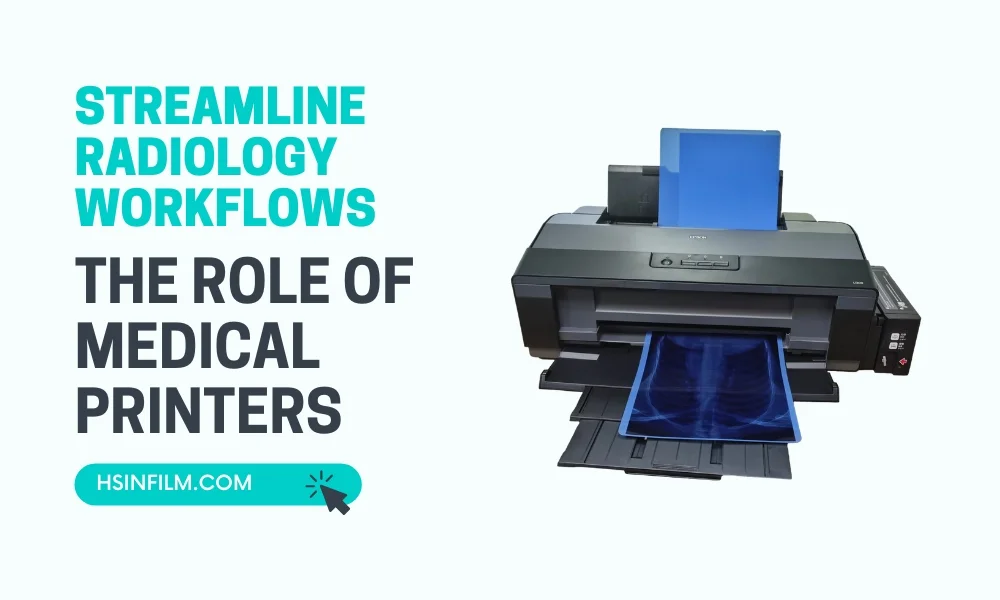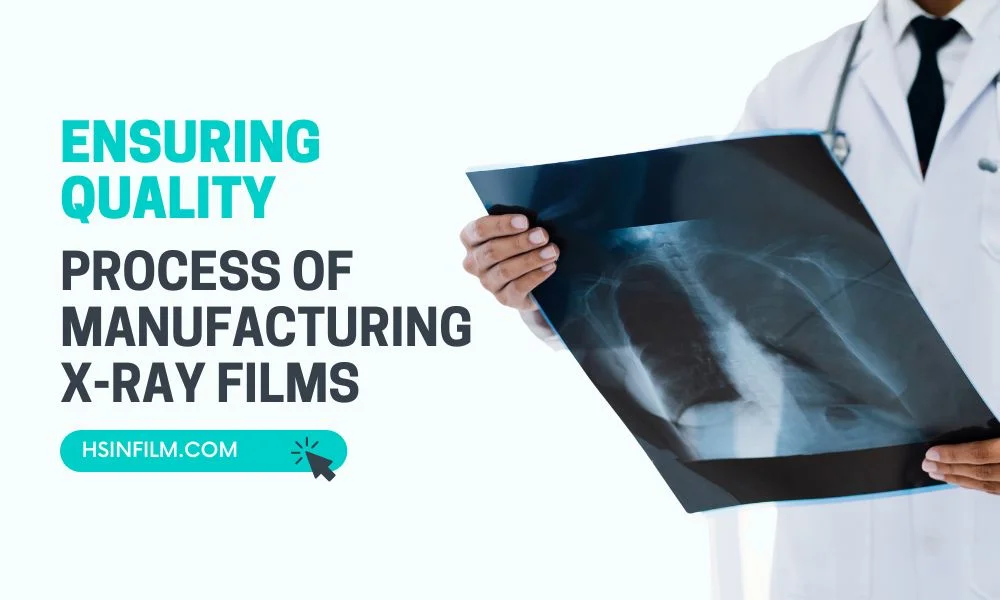Within the ever-changing landscape of medical imaging, the shift from conventional techniques to digital systems has been undeniably revolutionary. However, amid this ongoing technological advancement, a question arises: What role does medical laser film play? As we delve into this investigation, we will illuminate how the synergy between digital imaging and medical laser film guarantees the highest level of accuracy in medical diagnoses.
Table of Contents: Digital Imaging and Medical Laser Film
Understanding Digital Imaging in Medical Diagnostics
Digital imaging is a technique used to create images of the body’s internal structures. Unlike traditional film-based imaging, digital imaging uses digital sensors to capture images, which are then displayed on a computer screen.
Benefits of Digital Imaging
Digital imaging offers numerous advantages over traditional film-based imaging:
- Improved Image Quality: Digital images can be enhanced and adjusted for better clarity and detail.
- Immediate Results: Digital images are available instantly, allowing for quicker diagnosis and treatment.
- Storage and Sharing: Digital files can be easily stored, shared, and accessed by multiple healthcare providers.
- Reduced Radiation Exposure: Digital imaging often requires less radiation than traditional methods, making it safer for patients.
Common Types of Digital Imaging
Several types of digital imaging are commonly used in medical practice:
- X-rays: Digital X-rays are used to view bones and detect fractures, infections, and other abnormalities.
- Ultrasound: This technique uses sound waves to create images of soft tissues, such as organs and blood vessels.
- MRI (Magnetic Resonance Imaging): MRI uses powerful magnets and radio waves to create detailed images of soft tissues, including the brain, muscles, and ligaments.
- CT Scans (Computed Tomography): CT scans use X-rays and computer processing to create detailed cross-sectional images of the body.
Understanding Medical Laser Film
Medical laser film is a type of film used to produce high-quality hard copies of digital images. This film is printed using a laser printer, ensuring precise and detailed reproductions of digital images.
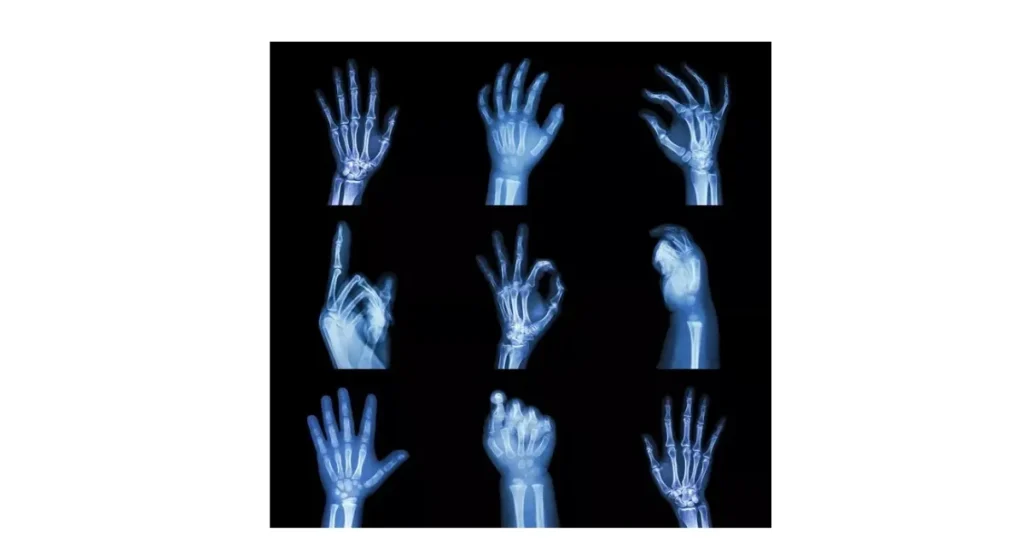
Benefits of Medical Laser Film
Medical laser film provides several key advantages:
- High Resolution: Laser film produces images with high resolution and sharpness, making it easier to identify small details.
- Durability: Medical laser film is durable and resistant to environmental factors such as light and humidity.
- Consistency: Laser film ensures consistent quality in every print, which is crucial for accurate diagnosis and comparison over time.
- Archival Quality: Medical laser film can be stored for long periods without degradation, making it ideal for patient records.
Common Uses of Medical Laser Film
Medical laser film is used in various medical applications:
- Radiology: To create hard copies of X-rays, CT scans, and MRIs for review and analysis.
- Pathology: For printing detailed images of tissue samples and biopsies.
- Orthopedics: To print images of bone structures for planning surgeries and treatments.
Check our Medical Laser Film
Digital Imaging vs. Medical Laser Film
While it’s tempting to pit digital against tangible, it’s like comparing apples to oranges—each has its distinctive charm.
- Comparing Grounds:
- Clarity: Digital images are easily manipulated, but laser films ensure that every detail remains intact.
- Accuracy: While digital imaging provides initial insights, laser films offer an irreplaceable tangible examination source.
- Speed: Digital systems promise rapid results, but combining them with laser films delivers immediate, tangible outcomes.
- Independent Advantages: Both domains have their strengths. Digital for its adaptability and laser film for its tangible reliability.
Bridging the Gap: Combining Digital Imaging and Medical Laser Film
While digital imaging and medical laser film each have their unique advantages, their combination provides a powerful toolset for accurate diagnosis and treatment.
Enhancing Diagnostic Accuracy
Combining digital imaging with medical laser film enhances diagnostic accuracy in several ways:
- Detailed Analysis: Digital images can be analyzed and enhanced on a computer, while laser film provides a high-resolution hard copy for further review.
- Cross-Referencing: Healthcare providers can compare digital and printed images side by side, ensuring no details are overlooked.
- Consultation and Collaboration: Digital files can be easily shared with specialists, while printed images can be used in consultations and patient discussions.
Streamlining Workflow
The integration of digital imaging and medical laser film streamlines the workflow in medical facilities:
- Efficient Record Keeping: Digital images are easily stored and retrieved, while printed films provide a tangible record for patient files.
- Speed and Accessibility: Instant digital images allow for quick diagnosis, while laser film prints can be produced rapidly for immediate use.
- Reduced Errors: The clarity and precision of digital and printed images reduce the risk of misdiagnosis and treatment errors.
Challenges in Integration and Solutions
Like any dynamic duo, the collaboration isn’t without its challenges.
- Limitations: Concerns like equipment compatibility and costs arise.
- Advancements Addressing Challenges: Continuous research and tech developments ensure smoother integration, making the combination more seamless than ever.
Future Trends: Advancements in Imaging Technology
The future of medical imaging technology looks promising, with ongoing advancements expected to further improve diagnostic accuracy and patient care.
Artificial Intelligence (AI)
AI is being integrated into digital imaging systems to assist in the analysis and interpretation of images. AI algorithms can quickly identify abnormalities and suggest potential diagnoses, aiding healthcare providers in making informed decisions.
Enhanced Imaging Techniques
New imaging techniques, such as 3D imaging and advanced contrast agents, are being developed to provide even more detailed and accurate images. These advancements will enhance the ability to diagnose and treat various medical conditions.
Improved Film Technology
Advancements in medical laser film technology are also on the horizon. New materials and printing techniques will produce even higher-resolution images, further bridging the gap between digital and traditional imaging.
Conclusion
Digital imaging and medical laser film are indispensable tools in modern medical practice. Their combined use enhances diagnostic accuracy, streamlines workflow, and improves patient care. By understanding the benefits and applications of these technologies, healthcare providers can make informed decisions and provide the best possible care for their patients. As technology continues to advance, the integration of digital imaging and medical laser film will play an increasingly vital role in achieving accurate diagnoses and effective treatments.
FAQs
Q: Why is there a need for tangible medical images in the digital age?
A: Tangible images, like those from laser films, provide an irreplaceable medium for detailed examinations, collaborative reviews, and long-term archival.
Q: Can digital imaging entirely replace medical laser films?
A: While digital imaging offers multiple advantages, the tactile nature of medical laser films makes them irreplaceable in specific scenarios.
Q: How do laser films maintain image clarity?
A: Medical laser films are designed for high-resolution image capture, ensuring every minute detail is preserved.

